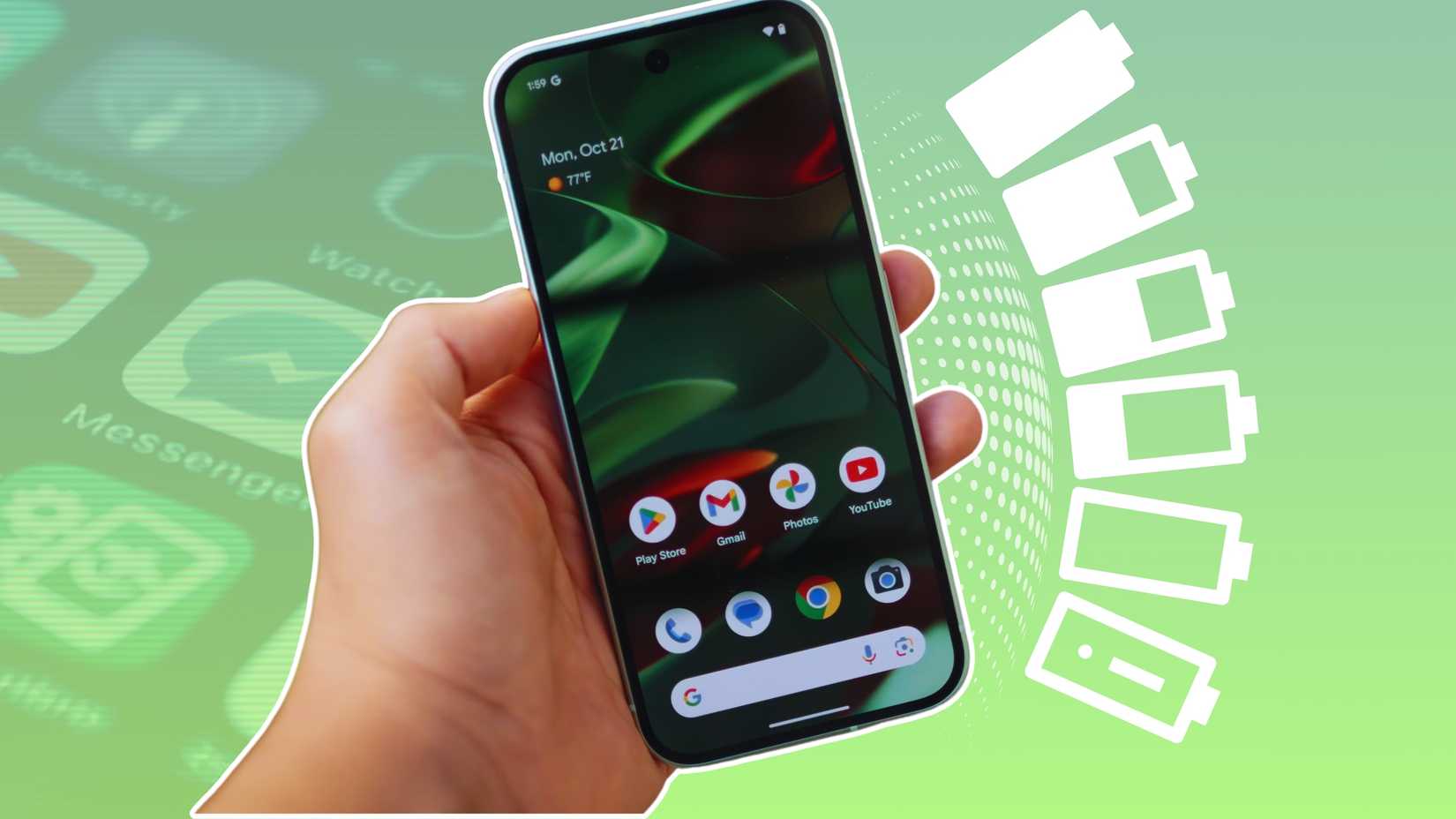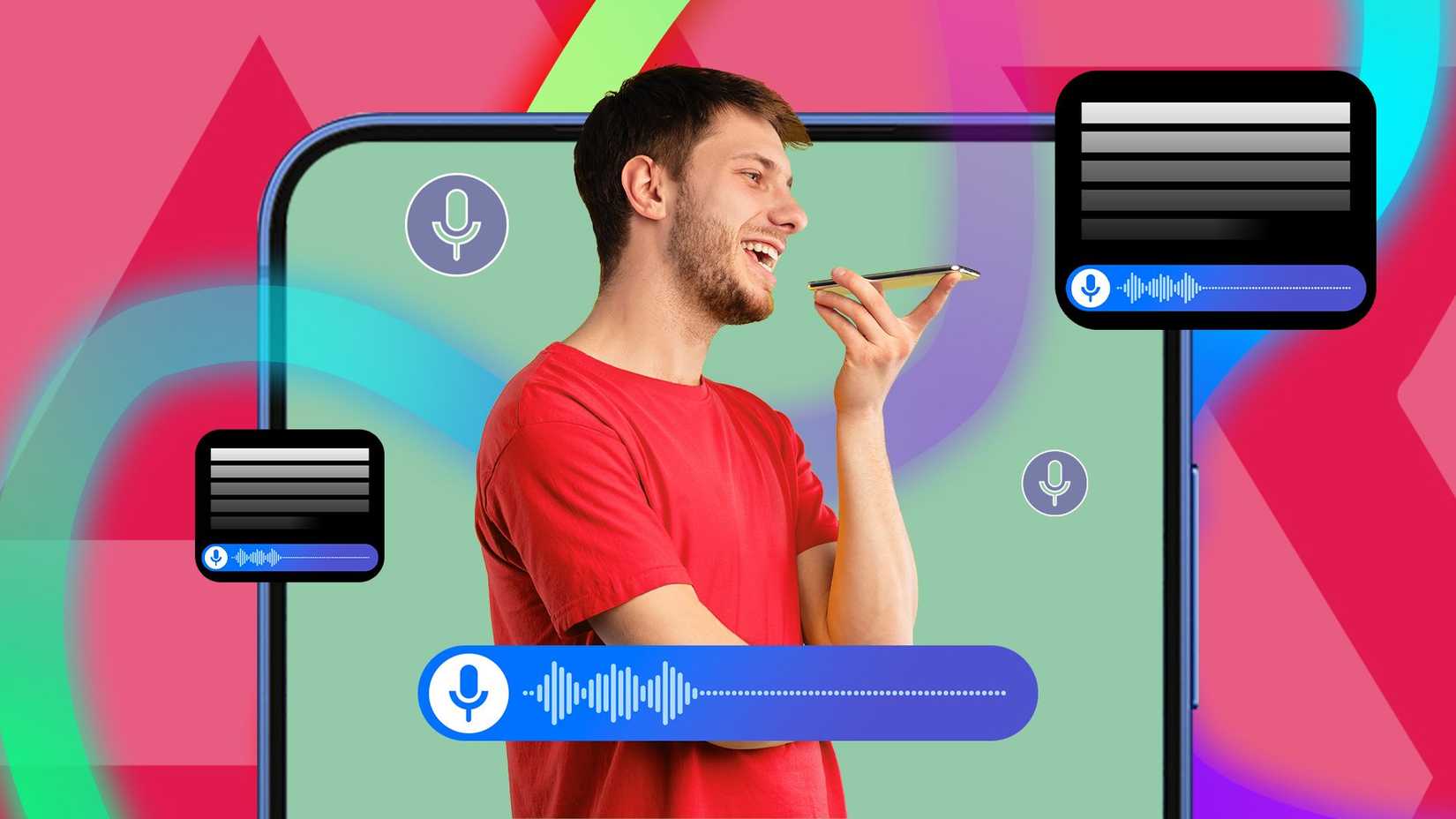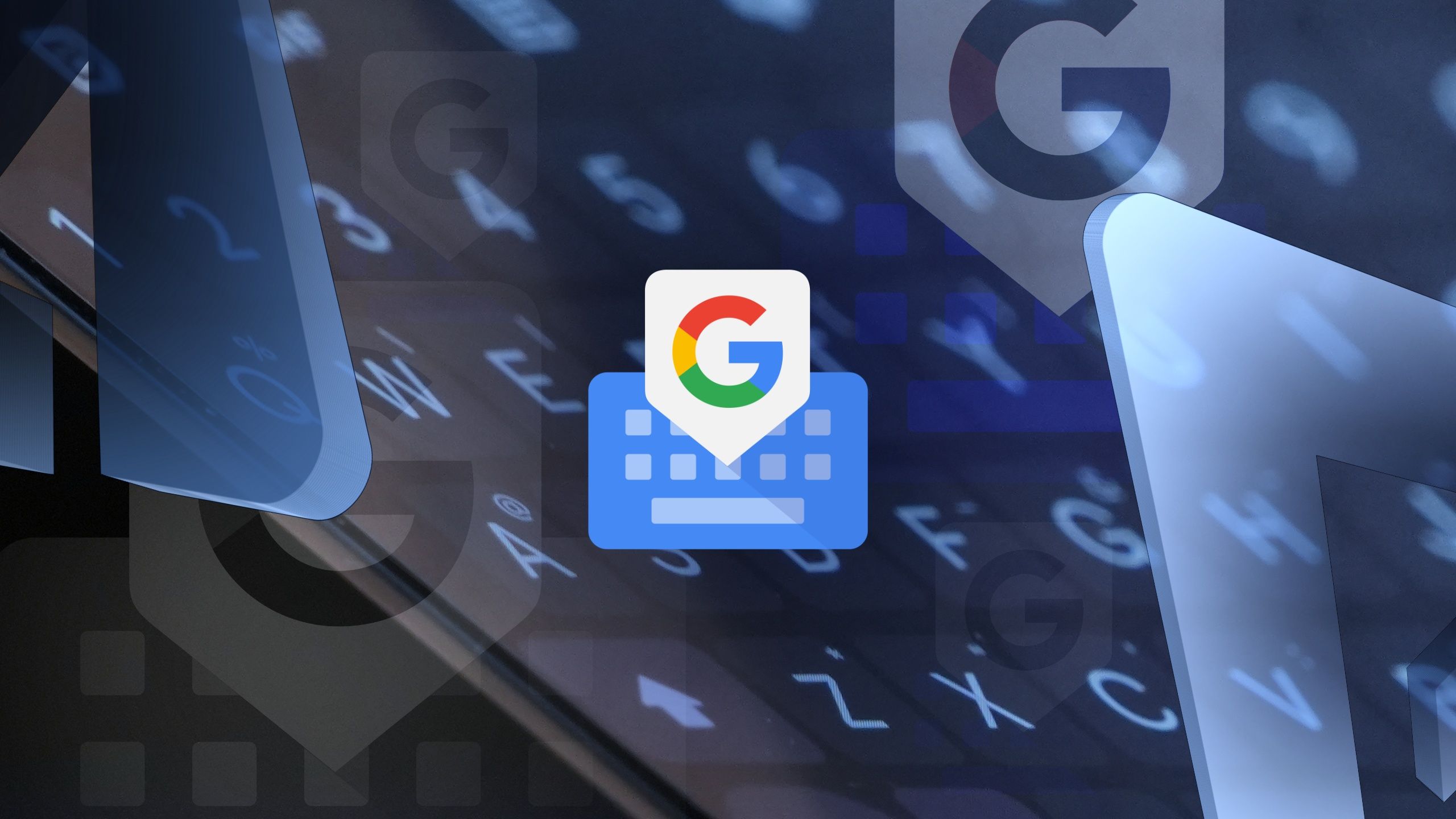I’ve been using Macs as my primary computing platform for over a decade. Over the years, I’ve come to rely on countless apps and features that are now an integral part of my workflow and nearly impossible to give up.
However, I also use an Android smartphone as my daily driver. And the two platforms don’t exactly play well together. Yes, there are apps to make cross-device file sharing easier, but that’s about it.
I recently purchased a Chromebook and found one ChromeOS feature so good that I might sell my MacBook.
Android and ChromeOS work better together
iPhones integrate deeply with Macs, allowing features like notification mirroring, instant hotspot, and cross-device copy-paste.
On Windows, Microsoft Phone Link enables similar features for Android devices.
However, that’s not possible on a Mac. You can use apps like LocalSend or scrcpy for quick file transfers and screen mirroring, but they’re workarounds, not true, seamless integration.
So, when I switched to a Chromebook a few weeks ago, I was pleasantly surprised by the deep Android integration.
With Phone Hub, I can check notifications, reply to texts, and instantly open Chrome tabs on my phone — all without missing a beat.
As if that’s not enough, I can also view my recent photos and screenshots, quickly locate or silence my phone, and even keep a tab on its remaining battery level.
What blew my mind was app streaming. I never realized how accessing some Android apps right on my primary work PC can help improve my workflow and save me precious time daily.
App Streaming is making me consider ditching my MacBook
Apple’s deep ecosystem integration lets you run iPhone apps on your Mac. Similarly, ChromeOS app streaming mirrors your Android phone’s apps in real time on your Chromebook.
I thought little of this feature when I started using ChromeOS. However, after a couple of weeks, there’s no going back.
For example, the ability to access food delivery apps makes my life a lot easier. I can place orders and track their status from my Chromebook, instead of having to check my phone frequently.
It’s not just about food delivery apps. I use Yi cameras in my office, and their feed is only accessible through the mobile app.
Before, I had to launch the app on my phone and keep it propped up in front of me to monitor the feed.
ChromeOS app streaming solves this problem entirely, letting me open the app and view the feed right on my Chromebook. I can even keep the window tucked to the side while I work.
The same goes for my expense tracking. I rely on an app called Fold Money, which is mobile-only. So, for any accounting work, I had to stop what I was doing, grab my phone, and navigate through the app.
Now, I can pull it up alongside my spreadsheets or email client on the Chromebook, seamlessly update my records, and never break my flow.
Likewise, I use a Google Pixel Watch 2 to track my health metrics, including my workouts and sleeping sessions.
However, since the Fitbit app doesn’t notify me about changes in these metrics, I must manually open the app to check them. And with Google shutting down Fitbit’s web dashboard in July 2024, the Fitbit app is the only way to view this data.
I don’t always remember to check the app, which is why the ability to access it seamlessly on a Chromebook through app streaming makes it easier to keep up with my health data.
Being able to access Android apps directly on my Chromebook is incredibly handy in public places.
I can keep my phone tucked away in my pocket while still checking flight updates, responding to messages, or checking my last night’s sleep data.
App streaming feels rough around the edges, but it works
App streaming on Chromebooks is a great feature, though it’s far from perfect. Like almost everything that Google does, it has some issues and can feel half-baked at times.
Every once in a while, the app I’m streaming will either freeze or stutter due to connection issues. This is despite the phone and Chromebook being in the same room as the Wi-Fi router.
App compatibility is also a concern, as many Android apps with custom DRM restrictions don’t work, including banking apps.
Yet, as someone who uses an Android phone as a daily driver, I find app streaming on Chromebooks extremely useful. It works so well that I’m considering ditching my MacBook, despite ChromeOS’s other limitations.
To be clear, the Chromebook won’t replace my main workhorse: an M4 Pro Mac mini. But it can surely replace my MacBook.
And the future looks even more promising. Google has confirmed it is merging ChromeOS into Android, and the latter will gain support for a true desktop mode with Android 16 QPR1.
This should help improve the Chromebook experience down the line. And maybe even finally make Chromebooks the go-to laptops for most Android users.




